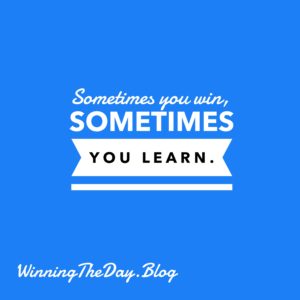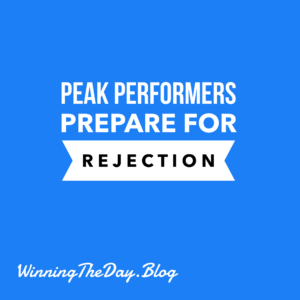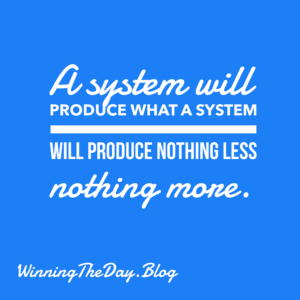In our fast-paced lives, productivity is a precious commodity. We all strive to make the most of our time, but what if I told you that the traditional concept of time management might not be the key to success? Let’s explore the paradigm shift from time management to activity management and how it can transform your results.
Todd Duncan, a business colleague and renowned “High Trust Selling and Productivity” expert, has been advocating for a different approach. His book “Life on the Wire” delves into the nuances of achieving more by focusing on the right activities. Let’s explore his insights.
Activity Management: The New Frontier
Time Management vs. Activity Management:
- Time Management: The traditional approach involves scheduling tasks based on time blocks. However, Todd argues that this method often falls short.
- Activity Management: Instead of rigid time slots, focus on the activities that truly matter. Prioritize actions that lead to revenue, goals, or progress.
Understanding the Traffic Lights:
- Red Light Activities:
- These are the time-wasters—the endless social media scrolling without purpose. They don’t contribute to your bottom line.
- Yellow Light Activities:
- Preparation, organizing your database, and getting ready fall into this category. They’re essential but don’t directly generate results
- Green Light Activities:
- These are the game-changers—the activities directly linked to achieving your recruiting goals.
My colleague and client Cathy pointed out to me that light is Energy! Where the focus goes, the energy flows.
Todd also draws an analogy between light and energy. Just as light powers our world, productive activities fuel our success.
Reflecting on Your Week
- Take a moment to assess your past week:
- Was approximately 80% of your time spent in the green zone?
- Did about 20% involve yellow and perhaps some red activities?
Action Steps
- Minimize Red Zone Activities:
- Identify two or more red zone activities to cut down on. Remember, multitasking often elongates tasks—focus on the ONE THING for efficiency.
- Re-Focus on Green Zone Activities:
- Prioritize the activities that drive results. Allocate your energy wisely, whether it’s for client meetings, prospecting, or strategic planning.
Conclusion
As Todd Duncan wisely puts it, “Activity management is about doing the right things at the right time.” So, let’s shift gears, embrace the green light, and watch our productivity soar!






